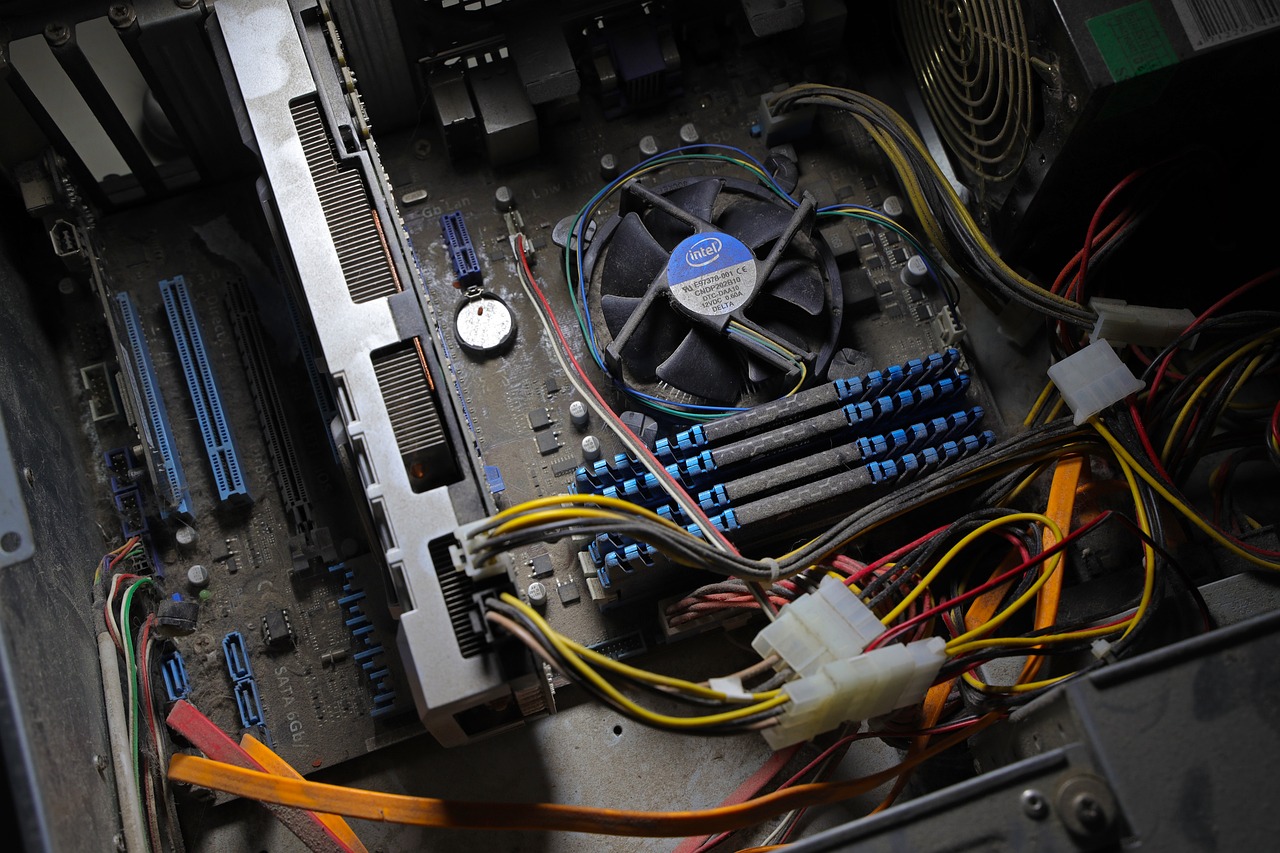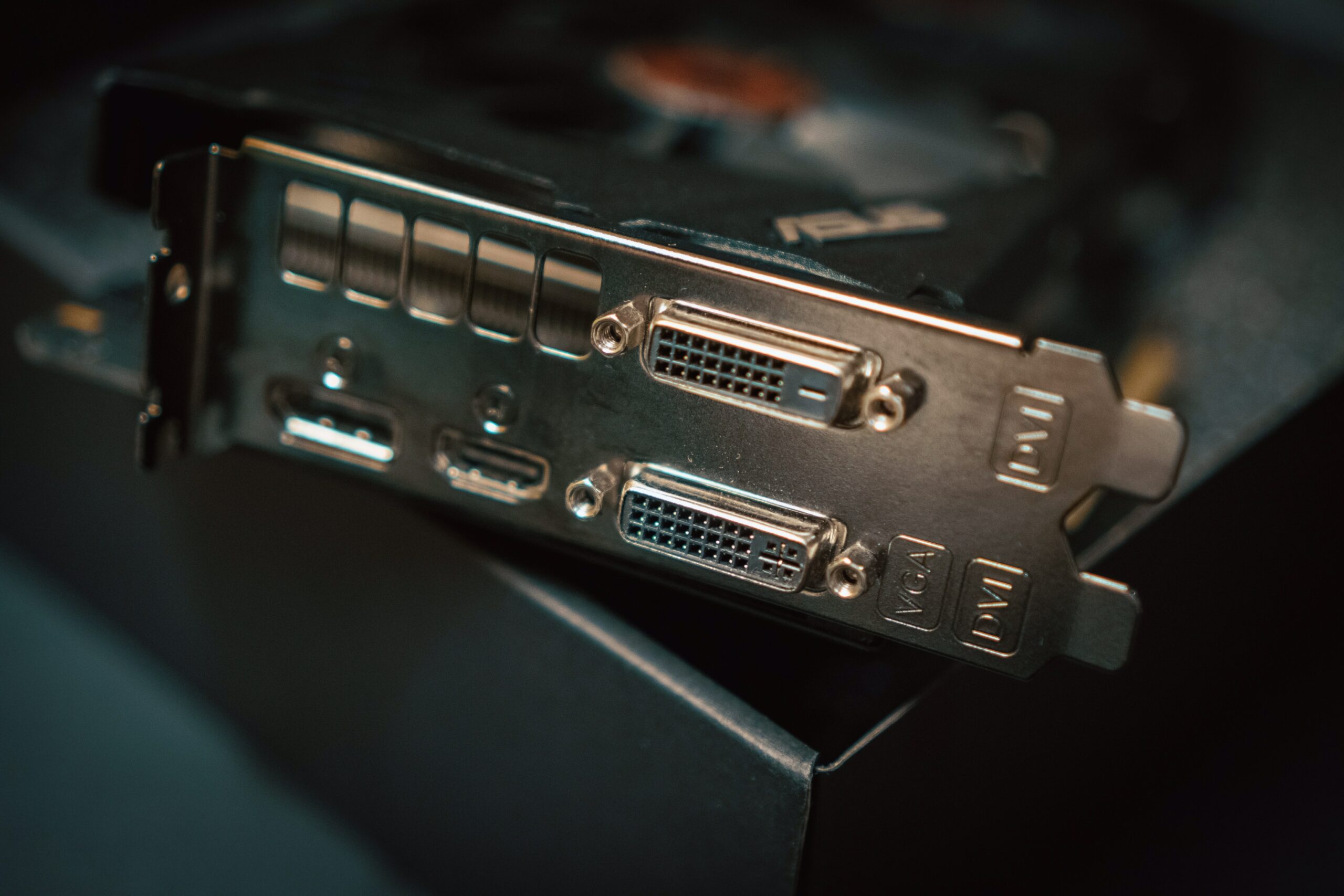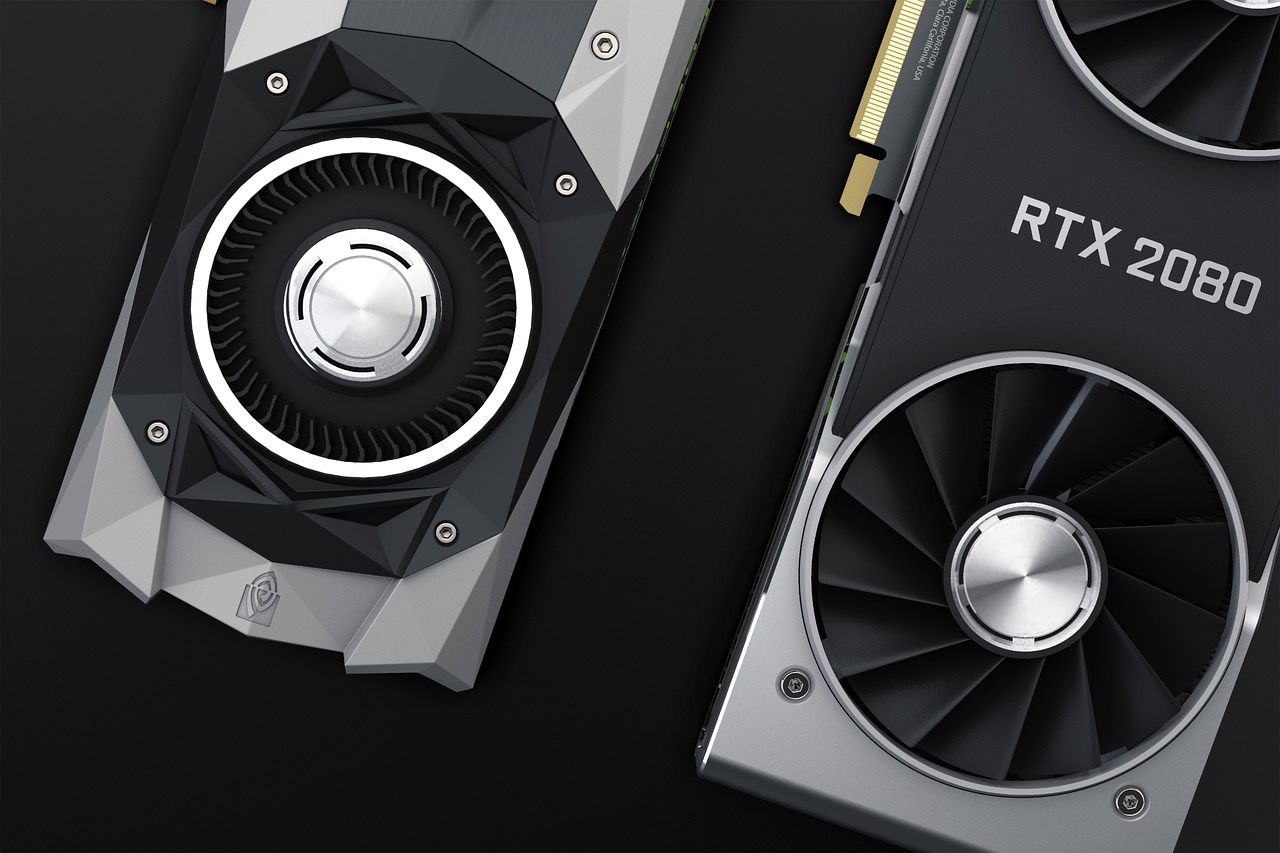A workstation-grade motherboard, like one that features X299 or TRX40 chipsets, is capable of handling four or more NVIDIA or AMD graphics cards. Dual graphics cards also require a desktop enclosure that is big enough to hold the additional hardware, and a power supply capable of handling the two cards. If you are not playing video games or using two monitors with your computer, you will not see any improvements to your systems performance from running dual graphics cards.
Even with two top-tier graphics cards, the lower-end CPU may limit how much data your computer system provides for dual graphics cards. As with everything, there are some drawbacks that arise from running more than one GPU card. If you are a researcher, a video editor, or you have some other app that requires massive processing power, having more GPUs running your job much quicker than depending on a single card.
Running complex AI simulations, using advanced 3D modeling software, or running current games at ultra-high resolutions, for instance, typically requires more computing power than what a single GPU can deliver. For these specific performance requirements, both NVIDIA and AMD are offering solutions in which users can integrate and use multiple GPUs simultaneously on their systems, in order to meet the higher compute demands of demanding games or software applications. The answer is, most PC motherboards are capable of supporting up to six GPUs simultaneously, depending on the specific motherboard and GPU model.
Now, on this Motherboard, I could run an AMD Crossfire, or have two AMD graphics cards installed — since AMD GPUs can run on the X4 slot — but I cannot have two NVIDIA graphics cards installed. Now, for your motherboard to support two NVIDIA graphics cards in SLI mode, you have to have two PCIe x16 slots that are able to operate at x8/x8. We cannot tell you what is going to work for you, but I would almost always rather stick to one strong card rather than dual cards in SLI or Crossfire.
Using two (or more) video cards in tandem — known as SLI for NVIDIA cards, and Crossfire for AMD cards — can give you better performance, sometimes for less money than you would spend for a comparable single-card solution. In short, using two video cards may require a bit more care and tuning from your side, be it due to compatibility issues, heat, or simply dealing with micro-stuttering. If you know that you would greatly benefit from the increased 3D performance multiple cards provide, then by all means, go for it.
If you are a gamer, you want to have a good video card in your gaming setup that delivers quality graphics. While gamers run just a single graphics card in their systems, using the PCI Express bifurcation, it is possible to run multiple graphics cards at x16 speeds in one system. The graphics cards also need to be connected together using the bridge connector, usually included in either the card or motherboard, and SLI/Crossfire functionality needs to be enabled on the graphics drivers control panel too (we will show how in the next section).



